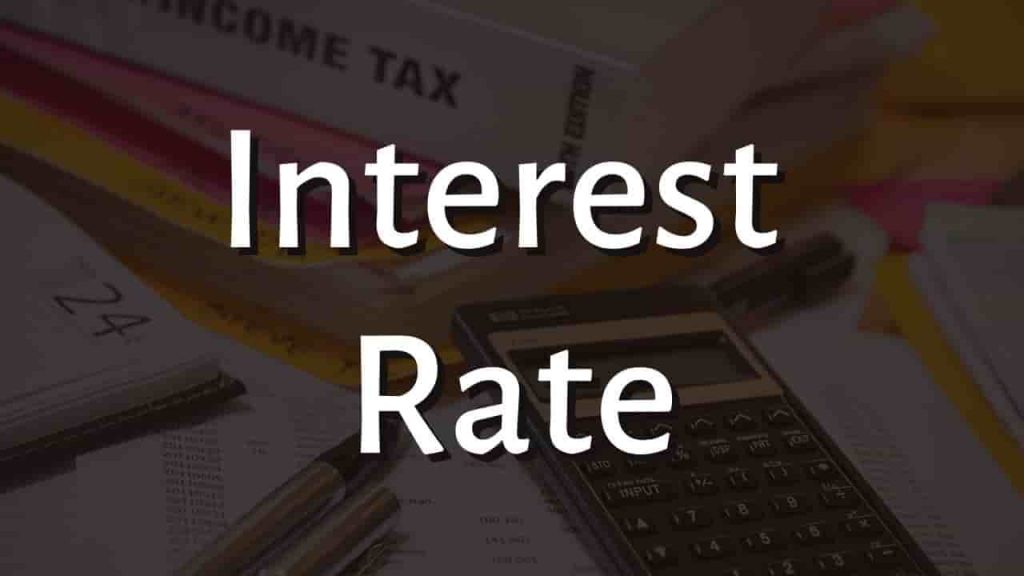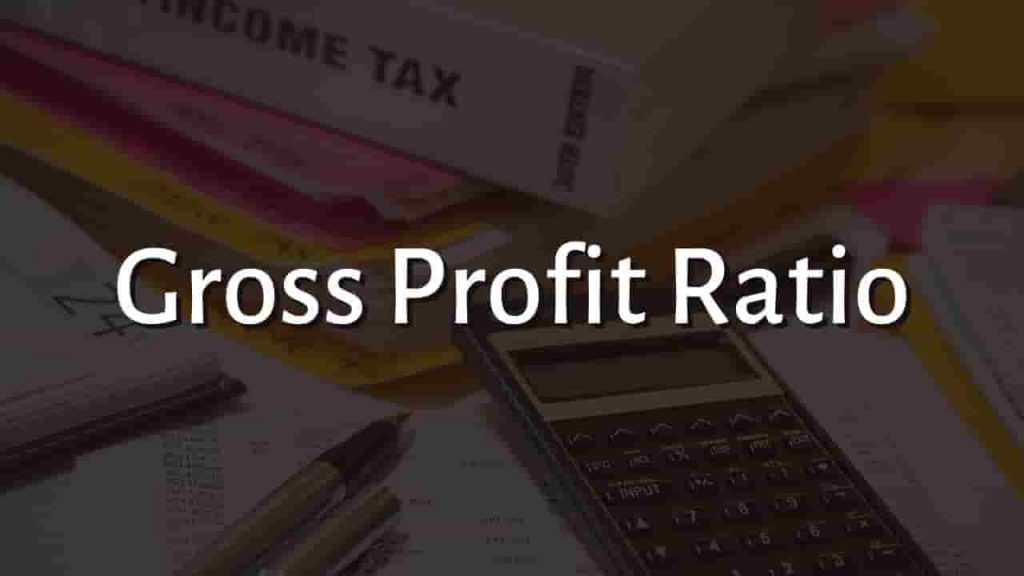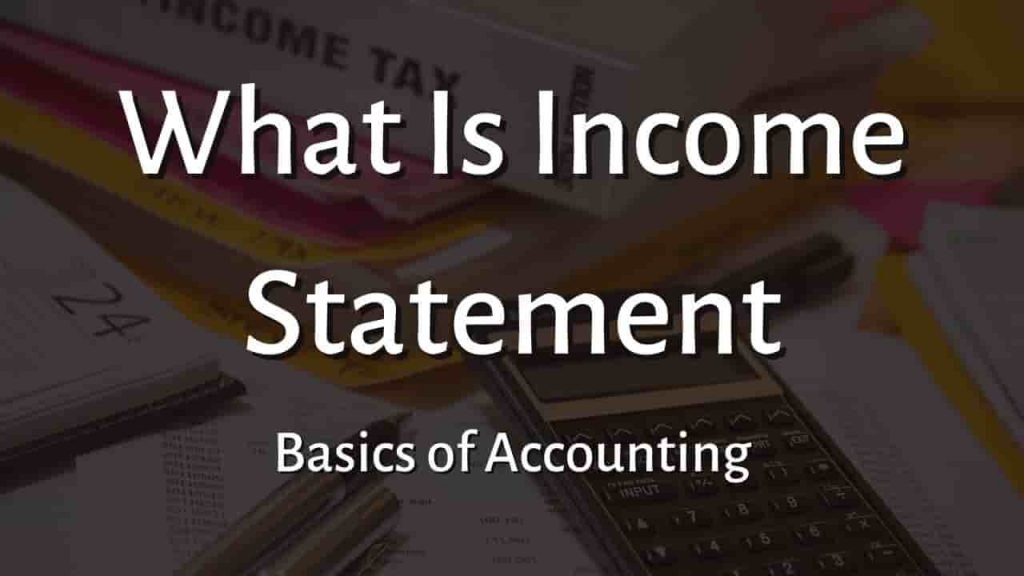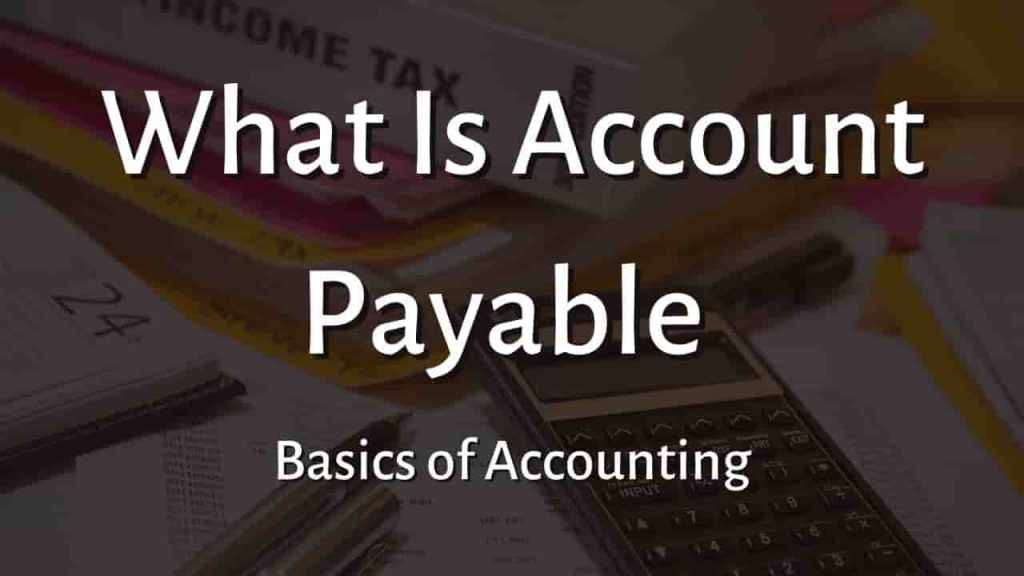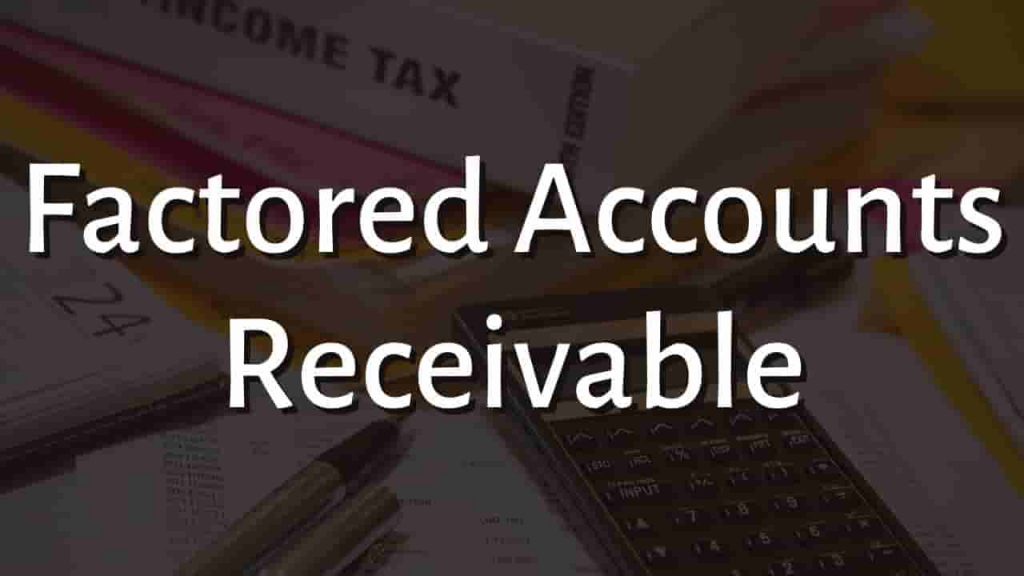Interest Rates
An interest rate is either the cost of borrowing money or the incentive to save it. It is computed as a percentage of the borrowed or saved sum.
When you take out a house mortgage, you borrow money from a bank. Other loans can be used to purchase a car, an appliance, or to pay for college.
Banks borrow money from you in the form of deposits, and interest is what they pay you in exchange for the usage of the money you deposit. They utilize the funds from deposits to provide loans.
Borrowers are charged somewhat higher interest rates than depositors. The distinction is their profit. Because banks compete for both depositors and borrowers, interest rates remain within a small range of one another.
Interest Rate Example
Interest Charged On A Loan
When you borrow money, you must repay the original loan amount (called the ‘capital’) plus interest.
Assume you borrow £1000 from a bank:
If your loan has an annual interest rate of 10%, you will be required to repay £1,000 + 10% interest (£100). So £1,100 is the amount you must repay after one year.
If you borrow the money for a longer or shorter length of time, the total may change.
Interest Earned On Savings
If you deposit £1,000 in a savings account that pays 2% interest per year, you will get £20 in interest, totaling £1,020 after a year.
Again, the interest you receive may alter if the interest rate changes or the balance in your savings account moves during the time period for which the interest was computed.
How Interest Rate Works
The interest rate is applied to the entire unpaid amount of your loan or credit card balance by the bank, and you must pay at least the interest in each compounding month. If you do not, even if you are making payments, your outstanding debt will grow.
Interest rates are quite competitive, but they are not the same. A bank will demand a higher interest rate if it believes the debt will not be repaid. As a result, because revolving loans, such as credit cards, are more expensive to administer, banks will often charge a higher interest rate on them.
Banks also charge higher interest rates to persons they deem riskier; the better your credit score, the lower the interest rate you will have to pay.
How to Calculate Interest Rate?
Divide the payment by the outstanding amount to get the interest rate. For example, a 1% interest rate would be $10 in interest payments on a total debt of $1,000 (10/1,000 = 0.01).
Interest rates are typically represented in annual terms, thus if the cost of interest is $10 per month, it may be expressed as 12 percent per year (0.07 per month x 12 months = 0.12 per year). This is a simple interest computation that does not take into consideration compounding interest costs.
Form of Interest
Here are some most used forms of interest:
1. Fixed Interest
A fixed interest rate is exactly what it sounds like, a fixed interest rate attached to a loan or line of credit that must be repaid alongside the principle.
A fixed rate of interest is the most frequent type of interest for customers because it is simple to compute, comprehend, and is steady – both the borrower and the lender know exactly what interest rate responsibilities are attached to a loan or credit account.
Consider a $10,000 loan made by a bank to a borrower. With a fixed interest rate of 5%, the total cost of the loan, principle and interest, is $10,500.
2. Variable Interest
Interest rates can change as well, which is exactly what variable interest rates can do.
Variable interest is typically linked to the continual movement of base interest rates, such as the so-called “prime interest rate” used by lenders to establish interest rates. Borrowers might gain if their loan is structured with variable rates and the prime interest rate falls. Usually during more difficult economic times.
However, if the base interest rate rises, the variable rate loan borrower may be obliged to pay more interest since loan interest rates grow when they are connected to the prime interest rate.
3. Annual Percentage Rate (APR)
Another rate you may encounter while borrowing money is the Annual Percentage Rate (APR). An APR is your interest rate for the full year on your credit cards or loans, rather than simply a monthly charge or rate, plus any costs or fees linked with the loan.
It is the overall cost of the credit card or loan, expressed as a percentage. The APR is meant to make comparing lenders and lending possibilities easier. Credit card firms must disclose the APR both before issuing the card and on monthly invoices.
4. Prime Interest Rate
The prime rate is the interest rate that banks frequently offer favored customers for loans, as it is typically lower than the standard interest rate offered to customers. The prime rate is linked to the federal funds rate in the United States, which is the rate at which banks borrow and lend money to one another.
5. Discount Interest Rate
The discount rate is normally kept hidden from the general public; it is the interest rate at which the Federal Reserve of the United States lends money to financial institutions for short periods of time, even as little as one day or overnight.
Banks rely on the discount rate to cover daily financing shortfalls, to rectify liquidity concerns, or to protect a bank from collapsing in a serious crisis.
6. Simple Interest
Simple interest is computed on the principal component of a loan or the first deposit into a savings account. Because simple interest does not compound, an account holder will only earn interest on the principal, but a borrower will never have to pay interest on interest previously earned.
7. Compound Interest
When you put money in a savings account or a related account, you normally get interest on the amount you put in. For example, if you put $1,000 in an account with a 1% annual interest rate, you will get $10 in interest after a year.
Compound interest is the interest earned on interest. In the above example, you would receive 1% on $1,010, or $10.10 in interest payments in year two. Compound interest boosts interest earnings, allowing your money to grow faster.
Impact of High Interest Rate Vs Low Interest Rate
Loans become more expensive when interest rates are high. When interest rates are high, fewer individuals and businesses are able to borrow. This reduces the quantity of credit available to support purchases, causing consumer demand to decline.
Simultaneously, it encourages more individuals to save since they earn a higher return on their savings rate. High interest rates can decrease the amount of money available for corporate expansion, suffocating supply. The economy is slowed as a result of the decrease of liquidity.
Interest rates that are too low have the opposite effect on the economy. Low mortgage rates have the same impact as lower property prices in terms of driving real estate demand. Savings rates are falling.
When savers discover that they are receiving less return on their accounts, they may opt to spend more. They may also invest their money in somewhat riskier but more profitable assets, causing stock values to rise.
For more click here and if you are looking for full forms of different acronyms and words then check out this list you really gonna find this helpful. We also have an Essay on every topic, Check the complete list here. If you are Studying in Matric Free Video Lectures of Maths, Physics and English are here, and we have got you covered for I.COM Business Maths also.

